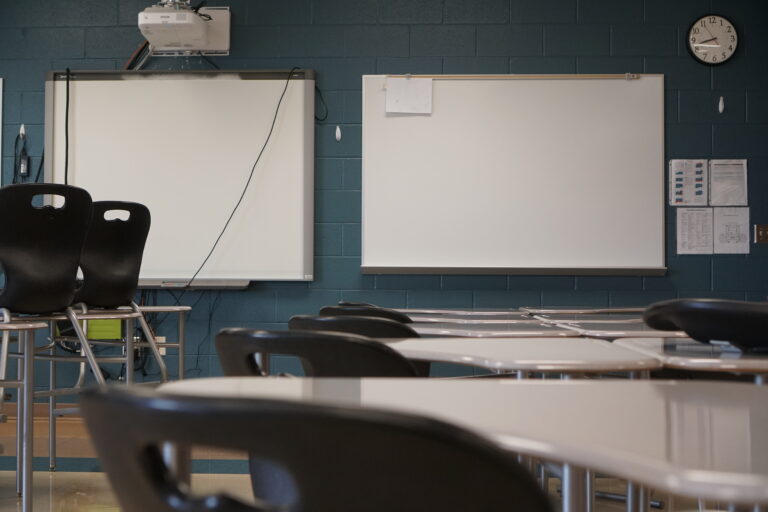ROCKFORD — Advanced Placement — or AP — classes were created over 70 years ago to give high school students a jump-start on the path to college. Students can earn early college credit by scoring high on AP tests. But, even in 2022, that opportunity often isn’t available to every student.
Listen to this story here.
Over the past few years, dozens of school districts across Illinois have launched initiatives to make Advanced Placement classes more diverse. In most cases, those courses didn’t reflect the racial diversity of the school.
That’s why school districts including Rockford and DeKalb partnered with organizations like Equal Opportunity Schools to try to make AP enrollment more equitable.
Rockford Public Schools started working with Equal Opportunity Schools several years ago, although it’s since moved away from them in favor of an in-house strategy that includes a collaboration with tutoring company Academic Approach — which also focuses on equitable access to these classes.
RPS is the third-largest district in Illinois. The district is just over 30% Black. But its AP programs do not mirror that. Black students only make up 11% of those taking AP classes.
From 2015-16 through the 2020-21 school year, the number of Black students enrolled in one or more Advanced Placement courses decreased, even as the total number of students in AP programs went up. The percentage of Black students in AP fell every single year. That’s despite the district’s work to close racial gaps.
Those disparities don’t appear for Hispanic students. The percentage of Hispanic students in AP is much closer to district demographics.
Morgan Gallagher is Chief of Schools at RPS. He says Rockford schools are dis-aggregating data on student achievement and social-emotional learning every day and focus on increasing equity.
In a statement to WNIJ, he wrote “Reversing this trend is of course a primary objective of our equity imperative.”
Gallagher also said that they’ve countered racial disparities in AP by heavily investing in dual credit opportunities to get students early college credit. Over the past five years, the number of Rockford students achieving dual credit has risen substantially, including for students of color.
Black students represent 19% of students in dual credit at RPS, which is a good deal higher than in Advanced Placement. Gallagher says dual credit can be a gamechanger for students weighing whether to pursue post-secondary education.
“I’ve seen it time and again as a principal at Roosevelt,” he said, “students who were unsure as to whether they were going to get their high school diploma who, upon receiving their diploma, already had college credit.”
DeKalb also teamed up with Equal Opportunity Schools before recently opting for an in-house system.
They started working with the organization four years ago. At that point, only 4% of students in its AP classes were Black. This past year, it was up to 9%.
That’s an improvement, but it’s still a far cry from the district’s 25% Black student enrollment. Like Rockford, those gaps don’t extend to Hispanic students. Sarah Montgomery is DeKalb’s director of teaching & learning. She said they see their work with Equal Opportunity Schools as a success.
“But then looking back at the increased involvement, they thought we can do more, we can do better,” said Montgomery.
Their new home-grown program is called Advancing Student Opportunities. As in Rockford, Montgomery says they wanted to help students in other early college and career coursework besides AP. That includes career and technical education as well as dual credit.
She says Equal Opportunity Schools helped them lay the groundwork for the new program. Montgomery says it taught them how mentoring and relationship-building can help identify which students are ready to level up into a new class. But, it has its limitations.
“It’s one thing to get a student in a class,” she said, “but we need to make sure that they’re adequately supported and successful.”
Over the past year, DeKalb High School started a student ambassador program. Students who have been in AP or dual credit courses recruit other students through “level-up” fairs and student-led panels. They even help tutor those students before the AP test.
Montgomery says they hope student-led programs will help close the opportunity gaps that still persist in Advanced Placement & dual credit — so that the students who could benefit the most from a college or career jump-start actually get one.

